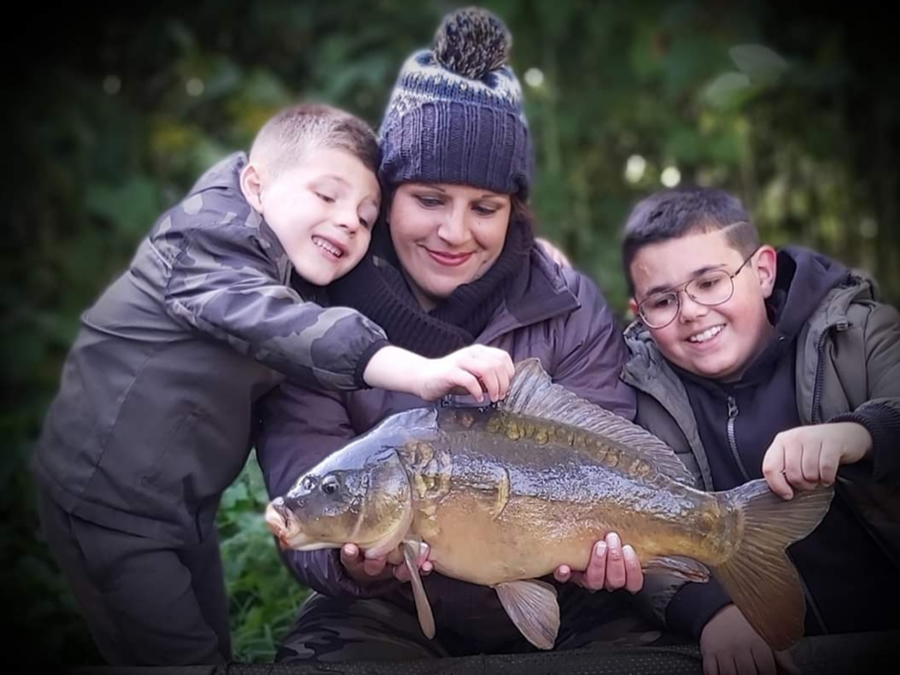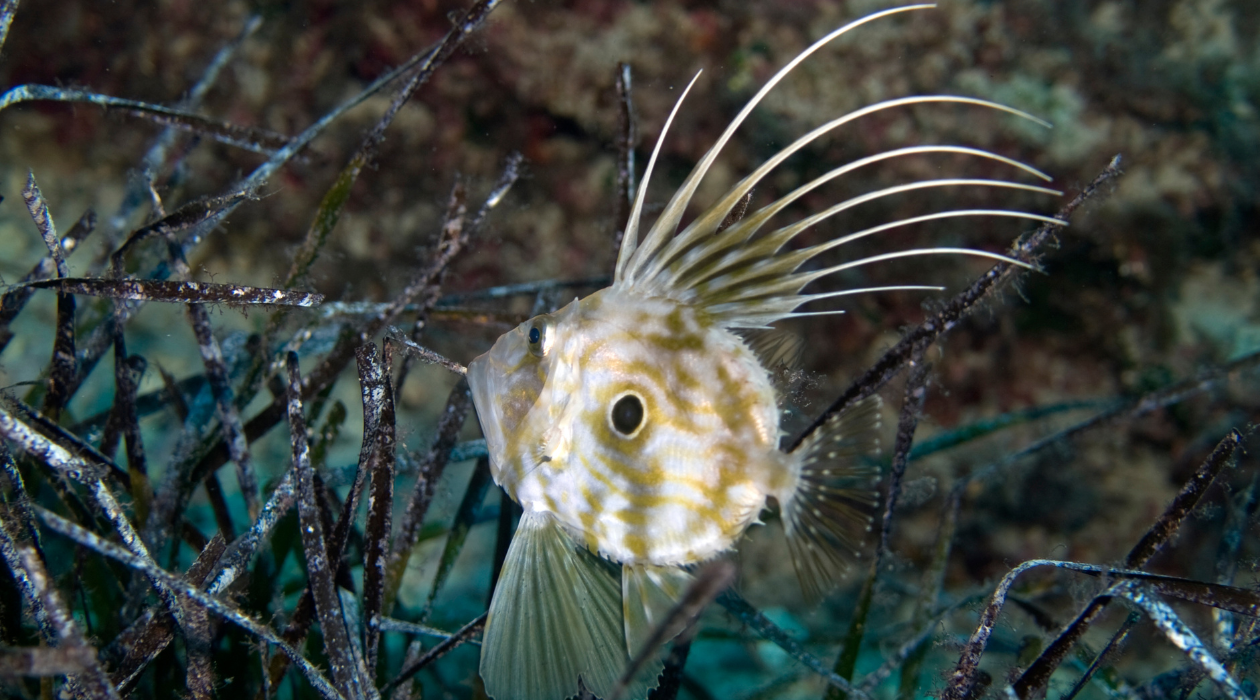
Marine
It’s Time to Manage Fisheries for Recreational Benefit. If Not Now, When?
The Angling Trust are urging the government to prioritise managing recreationally important species, like smooth hound, turbot, John Dory and gurnards, within the Channel Demersal Non-Quota Species Fishery Management Plan. The public consultation on this FMP is open until Sunday 1st October 2023.
Within the Channel Demersal Non-Quota Species Fishery Management Plan, it states “the value of recreational fishing along the south coast could be better defined, but existing research has indicated that it is of high economic and social value to the south coast communities.” While the Angling Trust welcomes this recognition by government of the high socio-economic value and importance of recreational fishing in the English Channel, we believe more needs to be done to manage these species for recreational benefit. The Channel Demersal Non-Quota Species FMP in the English Channel offers the perfect opportunity for the government to follow through with its commitments to the angling community now that recreational sea fishing is a recognised stakeholder in UK fisheries management under the Fisheries Act (2020).
When the UK left the EU, the government committed to delivering world-class fisheries. Actions speak louder than words and we want the government to start delivering on its promises to entire coastal communities, not just the commercial fishing industry.
According to the Marine Management Organisation, “nineteen demersal non quota species (NQS) were prioritised for an FMP due to their vulnerability to over-exploitation, the economic value of the fisheries and a lack of evidence to properly assess and monitor the state of the stocks.”
The FMP covers the following 19 species – many of which are recreationally important and valuable in the region – within International Council for the Exploration of the Sea (ICES) areas 7.e. and 7.d. (eastern and western English Channel respectively):
Bony fish
- Bib / pouting / pout (Trisopterus luscus)
- Brill (Scophthalmus rhombus)
- Lemon sole (Microstomus kitt)
- Turbot (Scophthalmus maximus)
- John dory (Zeus faber)
- Red mullet / striped red mullet / surmullet (Mullus surmuletus)
- Grey gurnard (Eutrigla gurnardus)
- Red gurnard (Chelidonichthys cuculus)
- Tub gurnard (Chelidonichthys lucerna)
Elasmobranchs
- Lesser spotted dogfish / lesser spotted catshark (Scyliorhinus canicula)
- Starry smoothhound (Mustelus asterias)
- Common smoothhound (Mustelus mustelus)
Cephalopods
- Common cuttlefish (Sepia officinalis)
- Elegant cuttlefish (Sepia elegans)
- Common octopus (Octopus vulgaris)
- Curled octopus (Eledone cirrhosa)
- Veined squid / Long-finned squid (Loligo forbesii)
- European Common squid (Alloteuthis subulata)
- Common squid / European squid (Loligo vulgaris)
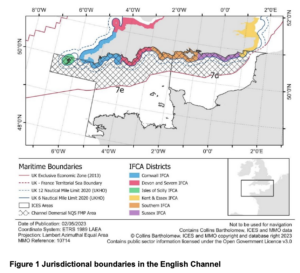
What are the Marine Management Organisation proposing? The below is taken from the Channel Demersal Non-Quota Species Fishery Management Plan consultation document.
During this first iteration, five proposed areas for priority management intervention have been identified. These have been developed through evidence gathering and engagement with stakeholders, who recognised that change is required to improve the sustainability of the stocks and fisheries. Further work and consultation will need to be undertaken to determine the applicability of each of these measures and refine where necessary. The priority areas are as follows:
1) Restriction of future flyseining effort: The recent increase in flyseine fishing or demersal seining capability, and the emergence of newer and larger vessels in the English Channel (ICES areas 7d and 7e), has the potential to cause significant harm to the stocks within the scope of the FMP. Following on from Defra’s consultation on this issue in 2022, it is recommended to introduce a standard net mesh size of 100mm for all flyseine vessels operating in English waters of the Channel. In addition, it is also recommended to restrict effort by engine power to 221 kilowatts (kW) for flyseine vessels within 12 nautical mile (nm) of the English Channel.
2) Minimum Conservation Reference Sizes (MCRS): Cuttlefish, lemon sole, turbot, and brill were highlighted as key FMP species requiring protection during the juvenile life stages of their development. The proposed MCRS are cuttlefish – 23cm; lemon sole – 25cm; turbot – 30cm; and brill – 30cm. These sizes have been identified to align with the MCRS in Inshore Fisheries Conservation Authorities (IFCAs) in the short term and will be evidenced further to determine the appropriate size based on maturity sizes for these species. Considering an MCRS for other flyseine targeted species, such as red mullet, bib and gurnards is recommended as a medium-long term measure.
3) Cuttlefish: The common cuttlefish was identified by stakeholders as a critical targeted fishery requiring attention. The short life span of cuttlefish needs to be considered as part of a management strategy to promote stock recruitment and population size. A seasonal restriction would aim to protect critical spawning seasons or recruitment pools from high impact fishing gears. The FMP therefore also recommends considering temporary seasonal closures for cuttlefish trawlers to protect pre-spawn juvenile cuttlefish, or egg-laying habitat, pending further evidence for longer term management approaches.
4) A monitoring programme: Robust data collection is necessary to meet the requirements of the FMP. Remote Electronic Monitoring (REM) has been identified as a potential method for data collection that can assist in the monitoring and evaluation of the measures introduced as part of the FMP. The initial recommendation is to focus on an early adopter scheme for flyseining vessels alongside a holistic monitoring programme, subject to the outcomes of the consultation on REM in summer 2023.
5) Education, adoption of voluntary guidelines and development of codes of conduct: Through partnership working, the FMP proposes to develop voluntary guidelines, education, and codes of conduct for both commercial and recreational fishers to improve the sustainability and benefits of the stocks for all sea users.
The FMP recognises that east and west Channel fisheries are distinct, given the physical characteristics of the two regions that support differing habitats and fish assemblages. Therefore, management interventions will need to take spatial temporal variability into consideration.
The Angling Trust support implementing new and strengthening existing minimum conservation reference sizes, but we have concerns that the MCRS included within the Fisheries Management Plan do not meet the maturity length required to protect juvenile fish. The proposed sizes are also not aligned with the proposed MCRS is other fisheries management plans like the Southern North Sea and Eastern Channel Flatfish Fishery Management Plan. This is a major error. There must be consistency across regions on MCRS to improve compliance and ease enforcement.
The Angling Trust is pushing for the following MCRS: lemon sole – 30cm, turbot – 46cm and brill – 41cm. Other species included within this FMP that are not being considered by the MMO for MCRS, we argue must still be protected and we want to see the adoption of the following MCRS: grey gurnard – 25cm, red gurnard – 28cm, tub gurnard – 30cm, John Dory – 35cm, lesser spotted dogfish – 60cm, red mullet – 24cm, pouting – 25cm, and smooth hound (all species) – 85cm. You can view the Angling Trust’s Marine Advisory Group Minimum Conservation Reference Size Guidance here.
Minimum Conservation Reference Sizes (MCRS) are important to protect juvenile fish, allowing them to grow and reproduce before being harvested, to promote recovering fish populations to underpin sustainable fisheries and prevent overfishing. For this reason, too, we also support the move to 100mm mesh size.
The roll out of Remote Electronic Monitoring is vital to strengthening monitoring, management and enforcement of these data-poor fisheries and delivering on the government’s commitment to “World-Class Fisheries’. The proposed plans clearly lack ambition and do not provide sufficient coverage across the commercial fleet rapidly enough to make a real difference.
The Angling Trust welcome voluntary guidelines and codes of conduct to improve fish welfare and stock sustainability across recreational anglers and commercial fishers.
Ultimately, an ecosystem-based management is desperately needed across UK fisheries and a transition to fisheries being managed for the benefit of coastal communities with a recognition of the high socio-economic value recreational sea angling delivers to these communities across the country.
The Angling Trust believes the Channel Demersal Non-Quota Species Fisheries Management Plan misses an opportunity for the government to prove its commitment to recreational sea angling and to manage fisheries for the benefit of coastal communities as a whole.
As recreational sea anglers, it’s essential to stay informed and engaged in matters that directly impact the health of our ocean and the future of our sport. The Angling Trust is committed to fighting for fish, fishing and the environment.
The consultation on the proposed Channel Demersal Non-Quota Species Fisheries Management Plan (FMP) closes on Saturday 1st of October 2023, and we encourage all members of the recreational sea angling with views to respond.
The Angling Trust are responding to this consultation and will publish their response shortly.
You can read the Executive Summary of the Channel Demersal Non-Quota Species FMP here.
You might also like
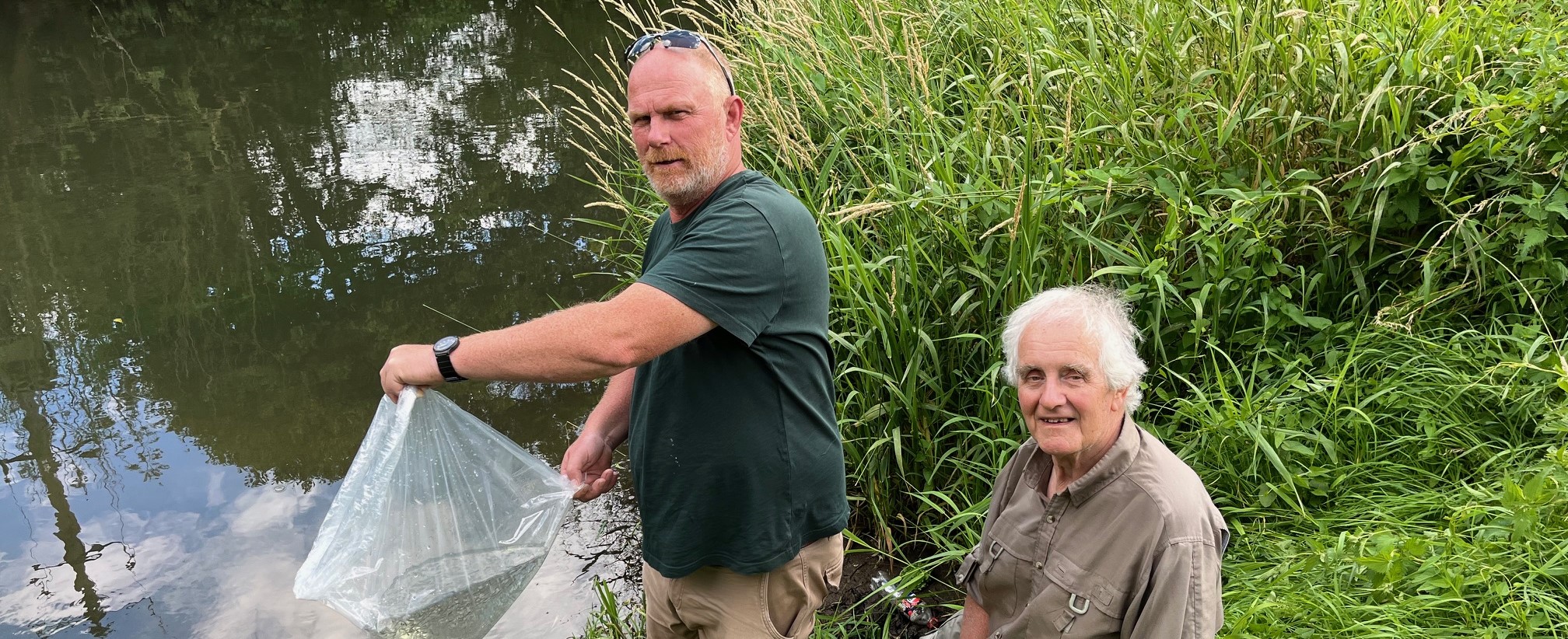
New Kennet Hatchery Releases First Reared Fish

Fishing Books for Kids

UK Recreational Catch-and-Release Bluefin Tuna: A step closer to…

MESTER THE MASTER AT FREE SPIRIT MATCH BODDINGTON CLASSIC…
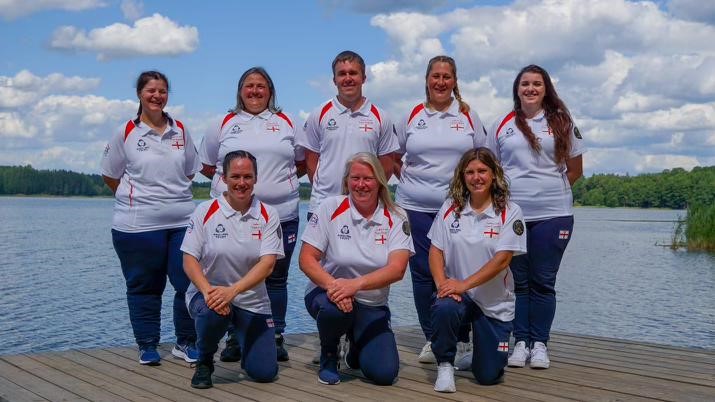
ENGLAND LADIES CARP TEAM MISS MEDAL ON TOUGH LATVIAN…

Angling Trust urges government to go further and faster…

ENGLAND YOUNG GUNS LEAD THE WAY IN HOME NATIONS…

AMAZING ENGLAND COMEBACK SECURES EURO CHAMPS BRONZE

ELLIOT BAGS THIRD NATIONAL WIN AT MARSTON!

PATIENT APPROACH WIN WOMEN’S NATIONAL FOR LEANNE!

Take a Friend Fishing
27th July to 1st September…



